True story: about three years ago, on some occasion when we were staying in a hotel–probably during a gloomy soul-suck of a February–we turned on the television to enjoy a bit of that glamorous thing called cable. On a very fine network, one devoted to aspirational lifestyles, house flipping, and hanging bamboo “art” in Vermont teenage boys’ bedrooms, we encountered a little-known program called International House Hunters.
The couple on the show were looking to buy a place in…
Nicaragua.
Before that seminal half-hour, Byron and I had never realized the beaches of Nicaragua were, um, there. Abstractly, of course, we realized Central American nations had coastline. However, the front parts of our brains had never registered that going to a beach in Nicaragua could be something around which people built vacations.
At some point during that show, perhaps during one of the seven commercial breaks, we looked at each other and agreed, “Hey, how about a beach vacation in Nicaragua some day?”
The realization of that agreement is currently happening.
Indeed, the second half of our trip to Nicaragua is all about relaxation and hanging at the beach. To achieve these goals, we took a taxi from the city of Leon to the fishing village of Las Penitas.
Pretty much, the village comprises native fisherfamilies, Canadian expats running restaurants, and leathery guys in dreadlocks holding a beer in one hand and a surf board in the other.
Quite purposefully, we decided to stay on the Pacific side of Nicaragua rather than transporting to the Caribbean coast. Our reasoning was partially that the trip would be more relaxing if we stayed in one area and partially because EVERYONE goes to the Caribbean coast for New Year’s. And crowds be big bummers for introverts who enjoy few things more than a good word puzzle.
So we’re spending four nights at one of the few Nicaraguan-run, Nicaraguan-frequented hotels in this area. Just out the door is the Pacific–where we can swim after the traditional breakfast of gallo pinto (rice and beans), eggs, pancakes, sausage, and fresh juice; then, a few hours later, after lunch, we bodysurf again, getting a true feeling for the changing moods of the waves as related to low versus high tides.
During these days of chilling, we have had only one structured activity: a tour of the nearby nature preserve, Isla Juan Venado. The word “venado” means “deer,” so we toured, you got it: John Deer Island.
To be more specific, we spent a few hours in a small boat, chugging down a 22 km estuary (we only covered 8 km) before taking a short walk on the island itself, which is where six local families have dedicated themselves to preserving the turtle population and ecosystem at large. In this refuge, there is actually no control, oversight, or police enforcement of what’s been promised by the government on paper, so this small group of families is banding together to run whatever interference they can against the nature-destroying habits of the community at large.
A member of one of these families was our guide, Antonio.
From the moment we met him, we had no worries that he’d be uptight.
Our tour started at 2 p.m., low tide, so Antonio had a couple of his guys on hand to wade the boat through the shallows, into the estuary.
Antonio’s guys were all I could have hoped for, as was Byron’s back sweat.
For several hours, Paco and I sat behind Byron and Allegra, all of us marveling at the skill with which Antonio and his son, Alan, spotted wildlife while also navigating the boat. While we toodled along, they saw stuff in the branches that I couldn’t see at a dead standstill, squinting through my long camera lens.
Random factoid: Antonio has nine kids.
His dad’s family had 25.
Putt-putting our way down the estuary, stopping every few minutes to back up the boat and look carefully at a bird, a spider, an iguana, we were at peace.
I’ll be honest, though: by the second hour, our rear ends were starting to ache.
During our time in the boat, we saw Snowy Egrets, Great Egrets, Sandpipers, Mangrove Swallows, a Great Black Hawk, Pygmy Kingfishers, Royal Terns, Green Terns, a Yellow-Crown Night Heron, Blue Herons, Kiskadees, Boat-Billed Night Heron, Tri-Color Herons, Tiger Herons, Black Skimmers, plus others, but I’m not going to list them because birder people are a special subset of Internet troll, and the more I try to act knowledgeable about birds, the more they’re going to need to shout that a Green-Legged Wacky Doodle would never migrate through Nicaragua this time of year, and, well, I have too much rum to drink to have time for bird shouters.
So just look at the pictures, wouldya, and simply enjoy the fact that birds, no matter their names or traceable habits, are glory made manifest?
At one point, as my gaze slipped down the roots of a red mangrove, admiring how they reach for the water, I was startled: inside the root system, as though held in a cage, was a man’s head.
Truly.
The rest of his body was beneath the water, save for his hands, which were busily peeling bright orange crabs off the roots.
Three of us hoped we’d also see a crocodile or two on this tour. Antonio offered us the chance to go a couple kilometers further down the estuary, to the spot where they might be lolling.
I wanted to yell, “HELL, YES!” but Paco, all along, had not wanted to see a crocodile, and since–after the volcano incident–we’ve decided to listen to Paco’s instincts, we didn’t press the matter.
We can see a crocodile next time we come to Nicaragua to the small fishing village of Las Penitas and take a tour of the mangrove-lined estuary.
Or, like, somewhere else.
What we all did agree upon was stopping at the island where the turtles lay their eggs and where a few dedicated workers are overseeing their safety.
As we hiked to the place where the turtle project is happening, this woman passed us.
She and some others were cutting down the tall grasses on this island–introduced by conquistadors who wanted something to feed their cattle, except then they never got the cattle there, so for centuries the grasses grow wild, unchecked–to use for repairing the roofs of their houses.
A few minutes beyond the grass-cutters was the turtle place.
The workers who dedicate their time and efforts to protecting the turtles don’t have it all bad, as their digs indicate.
One nice guy dug into one of several bags of sand and extracted an egg. Apparently, each bag of sand contains a different hatch. The egg he let us hold had a small crack in it; the worker thought the turtle would be out by the next day.
A really big part of me wanted the turtle to bust through as I was holding its egg. I would have named it Yertle Murtle, Most Excellent Turtle.
Then it was time to hop back in the boat, let Alan rev her up, and speed back to the village. As Alan threaded the estuary, dodging overhanging branches, rocks in the water, and curves, I leaned over to Paco and said, “Now THIS would be a great course in MarioKart: Mangrove Mayhem!”
Just as we neared the village, Antonio pointed out a few more birds, this time pelicans–and I know they’re pelicans, so shut up, you know-it-all birders–which were the perfect capstone birds to a wonderful, tweety, feather-filled few hours.
Before we paid him and bid him goodbye, Antonio closed our afternoon with a rousing speech about how sad the future of Isla Juan Venado is. Many locals are only interested in stripping it of its resources, and Antonio explained that the island is also used sometimes as a place for boats with cocaine coming from Colombia to stop and replenish their fuel.
He pounded his heart a few times as he spoke, emphasizing that he and others needed to continue to care if a place as rare and beautiful as the mangrove estuary is to maintain its health for future generations.
We all have heard pronouncements of environmental doom so frequently that it’s easy to let them slide through our ears.
But then I think about the neon belly of the iguana, sunning itself on a tree. And I think about the delicate beauty of the Mangrove Swallows, like a treasured tea set. And I think about the way flocks of pelicans swoop together over the waves of the Pacific every morning, catching fish and making us freeze in our tracks, eyes to the sky.
And I am so glad for the Antonios of the world.
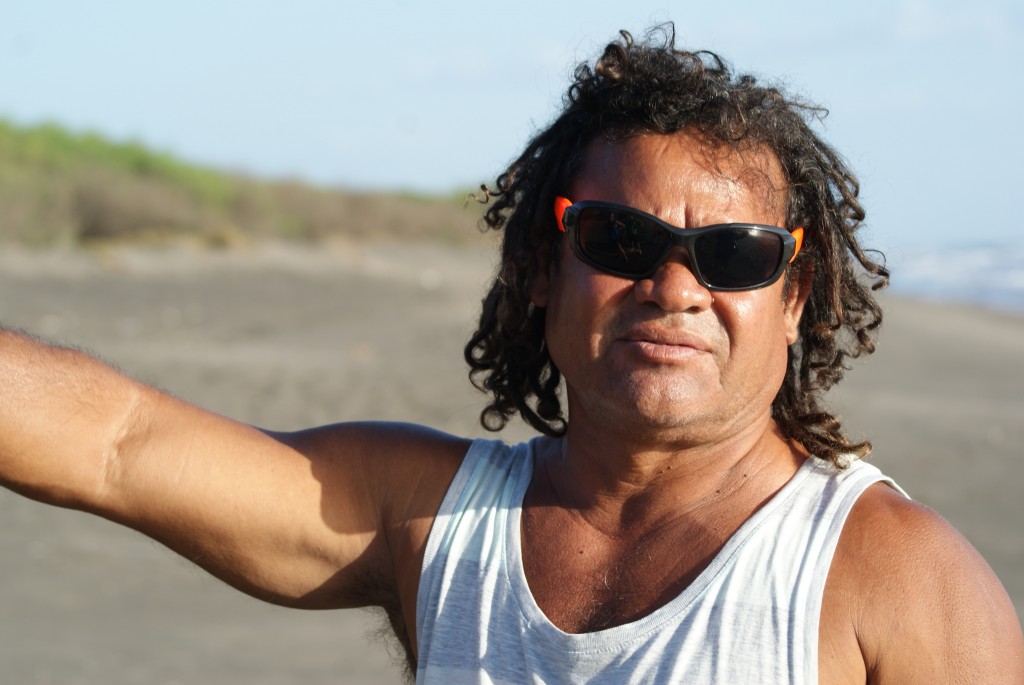
…and the fact that he’s not alone. He’s got Alan. He’s got his other eight children. He’s got a few other families in the village who understand the importance of preservation.
And, of course, he’s got his guys.

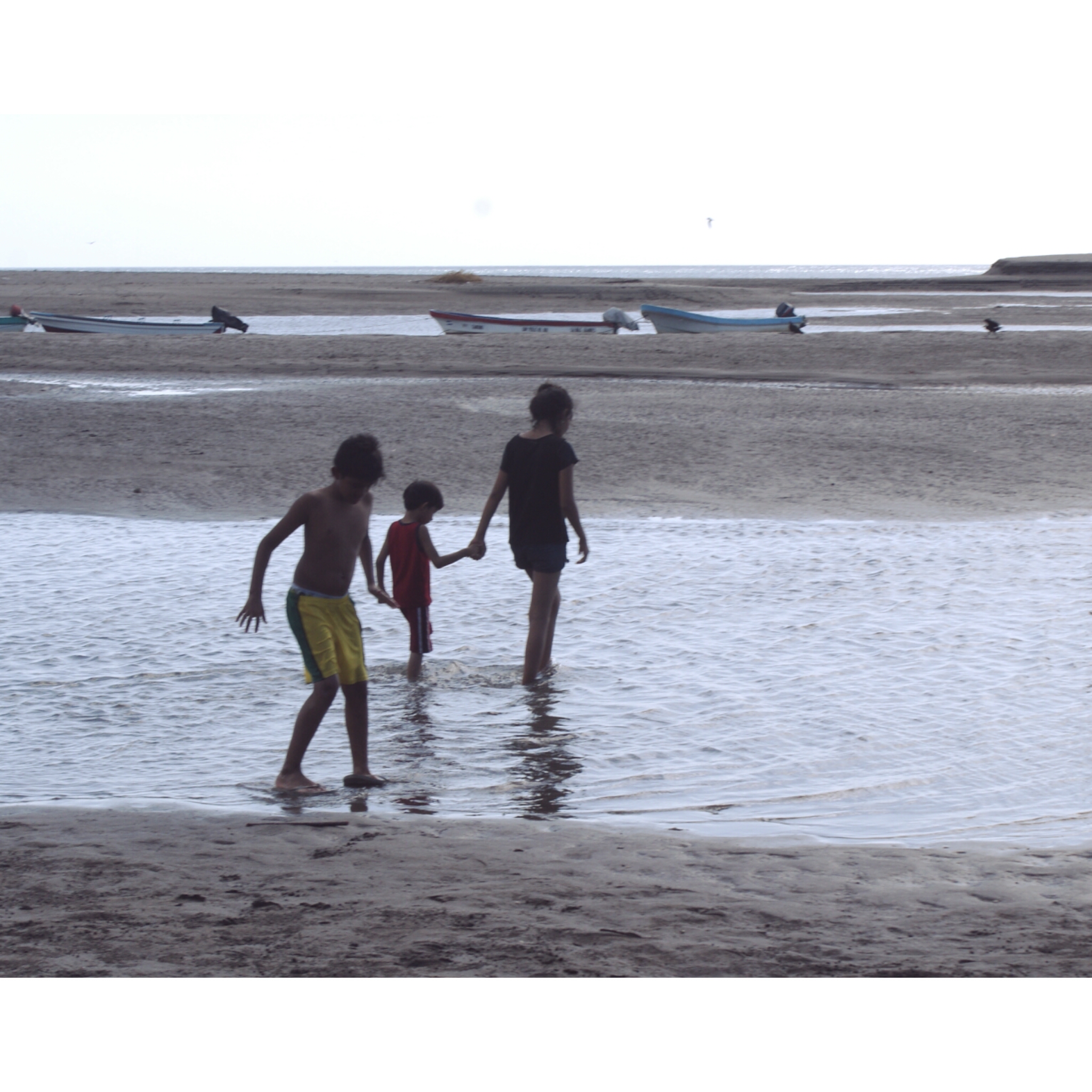
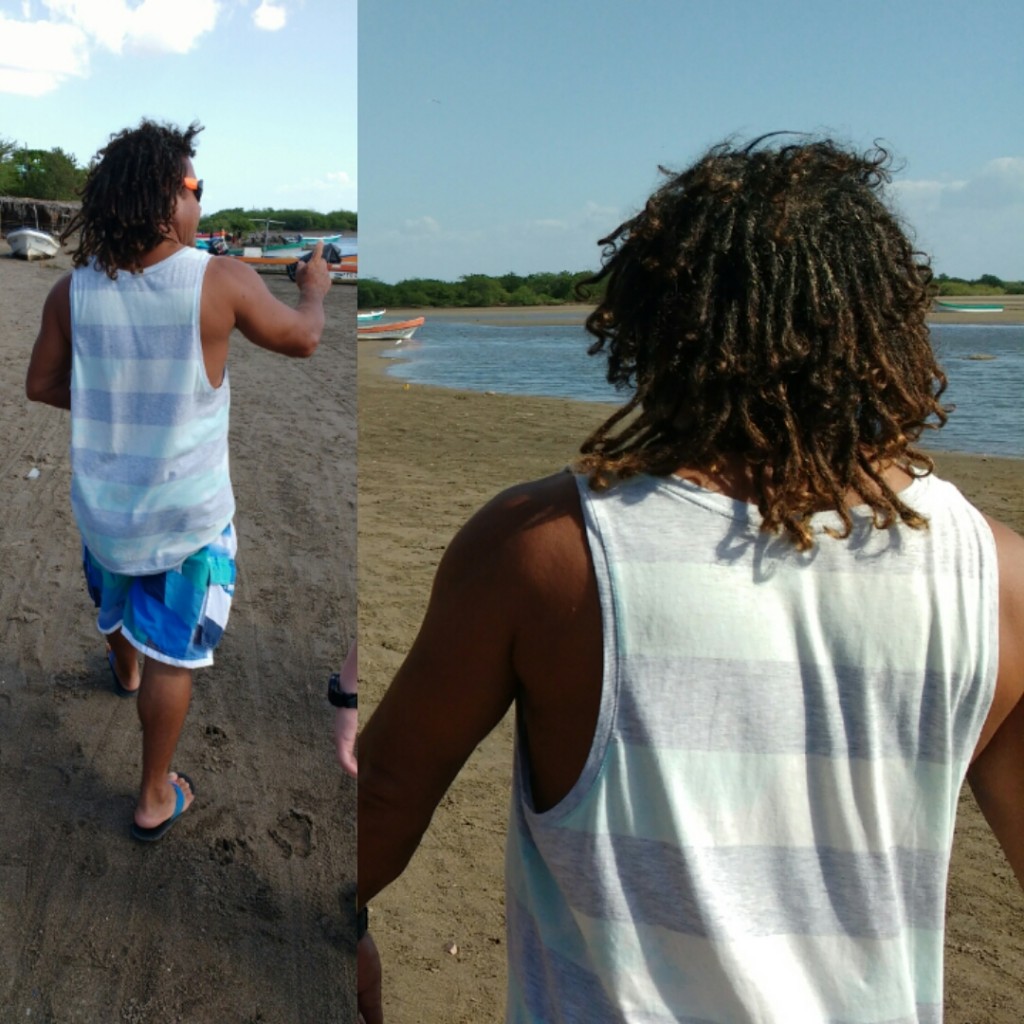
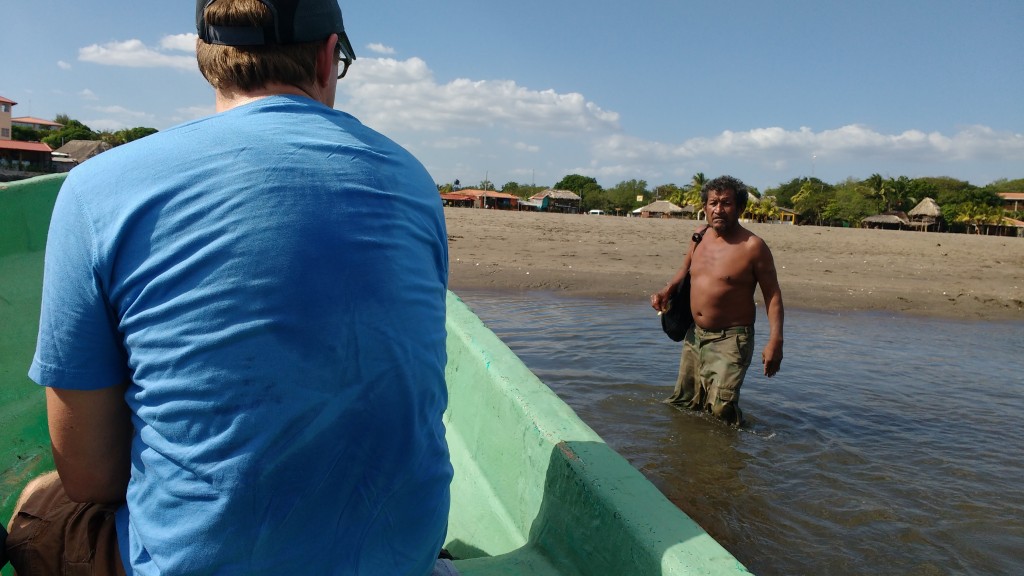
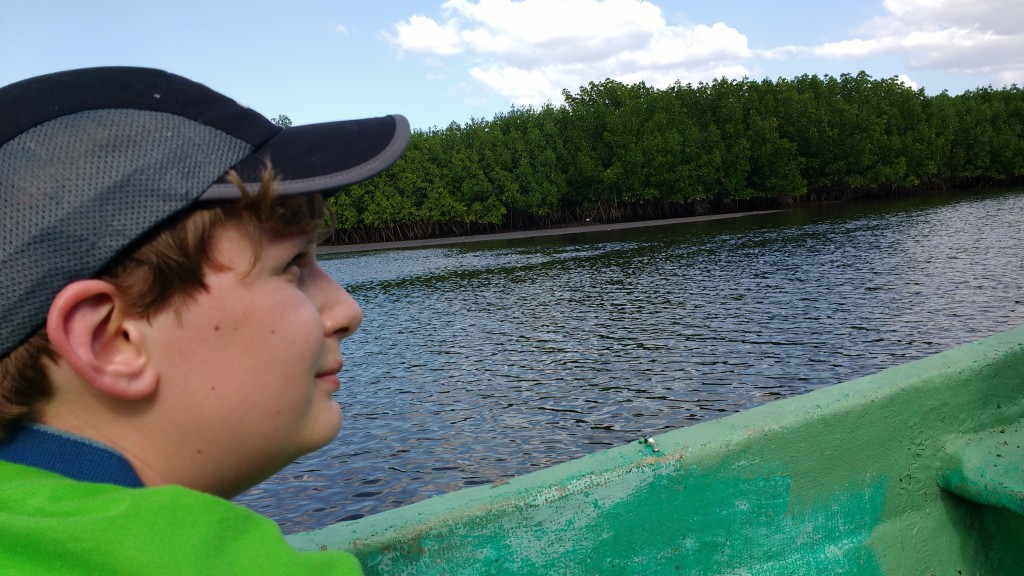
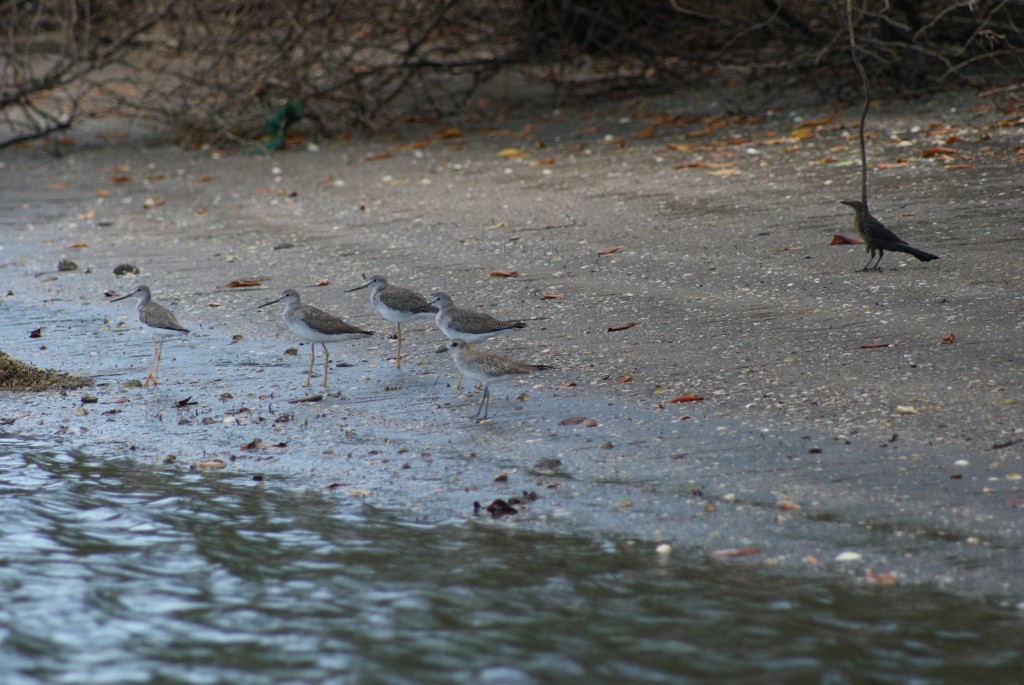
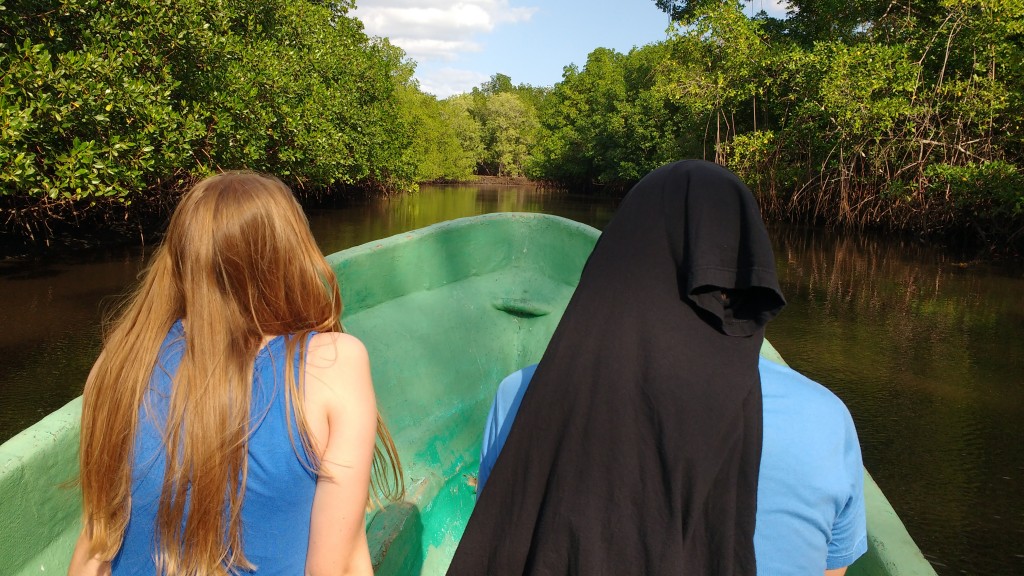
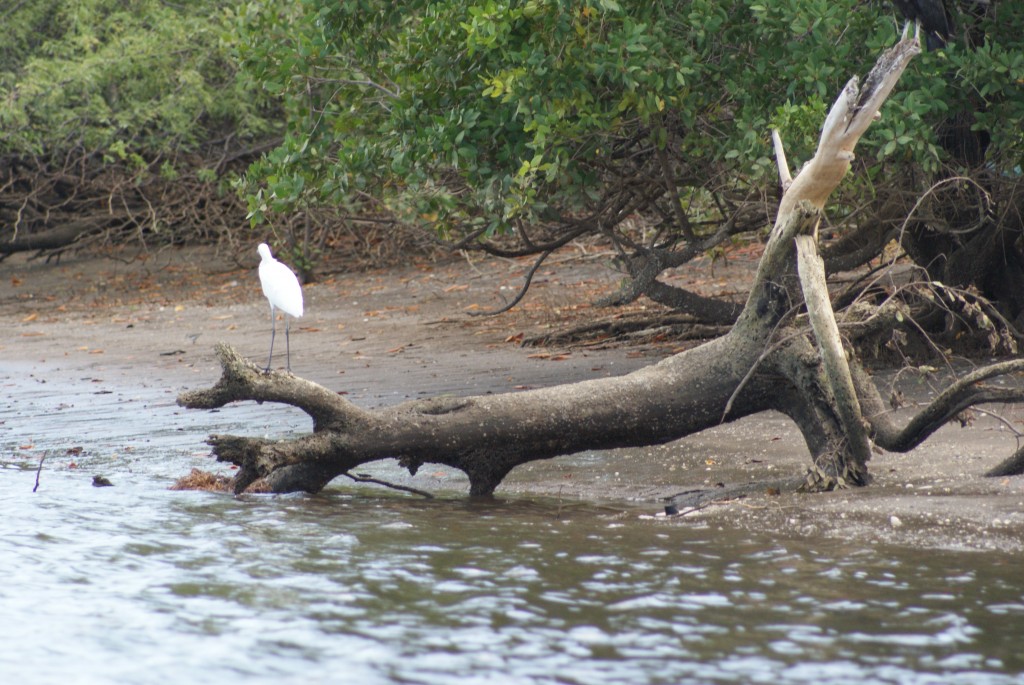
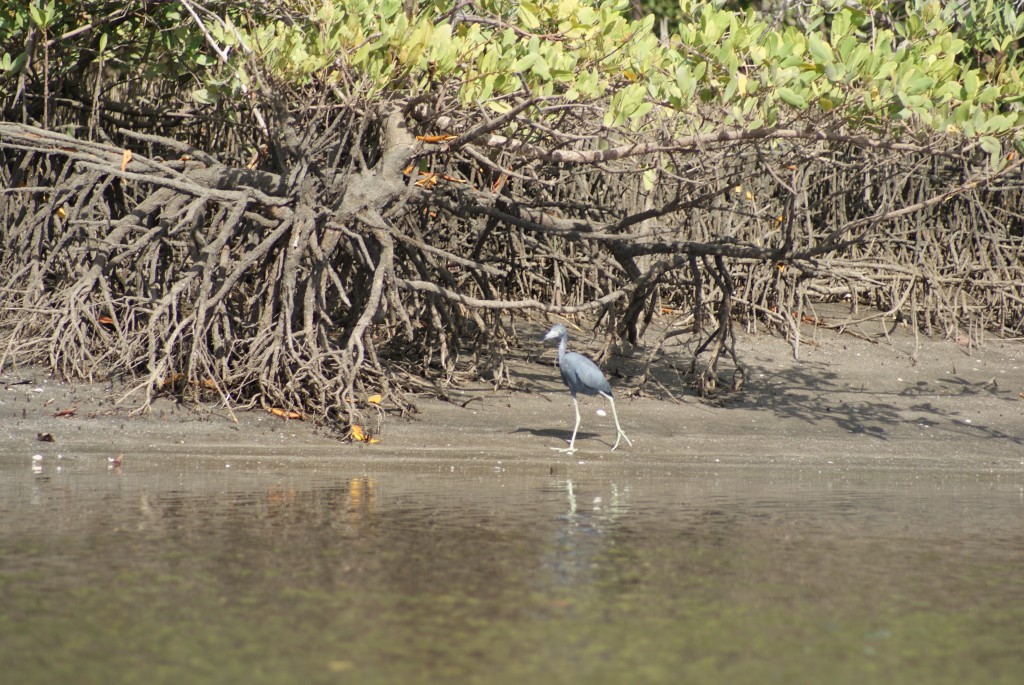
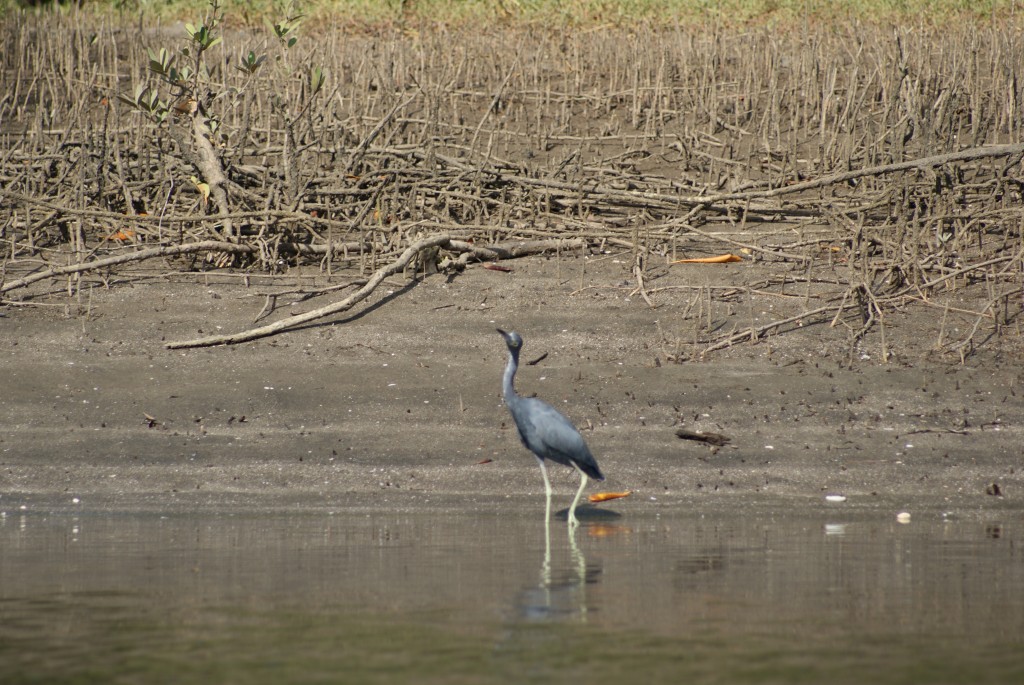
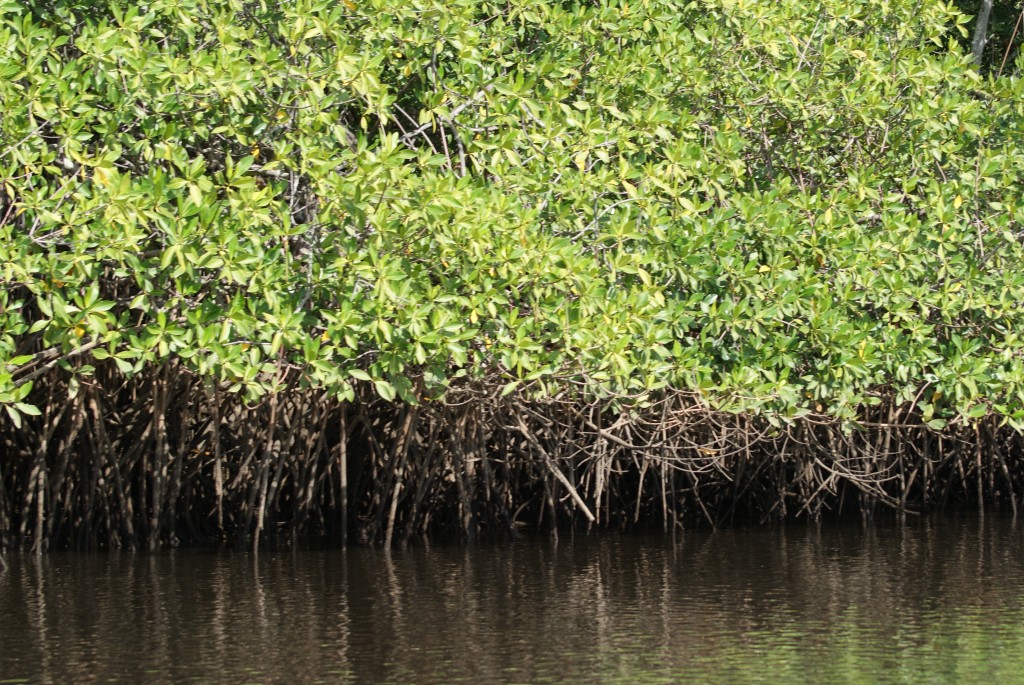
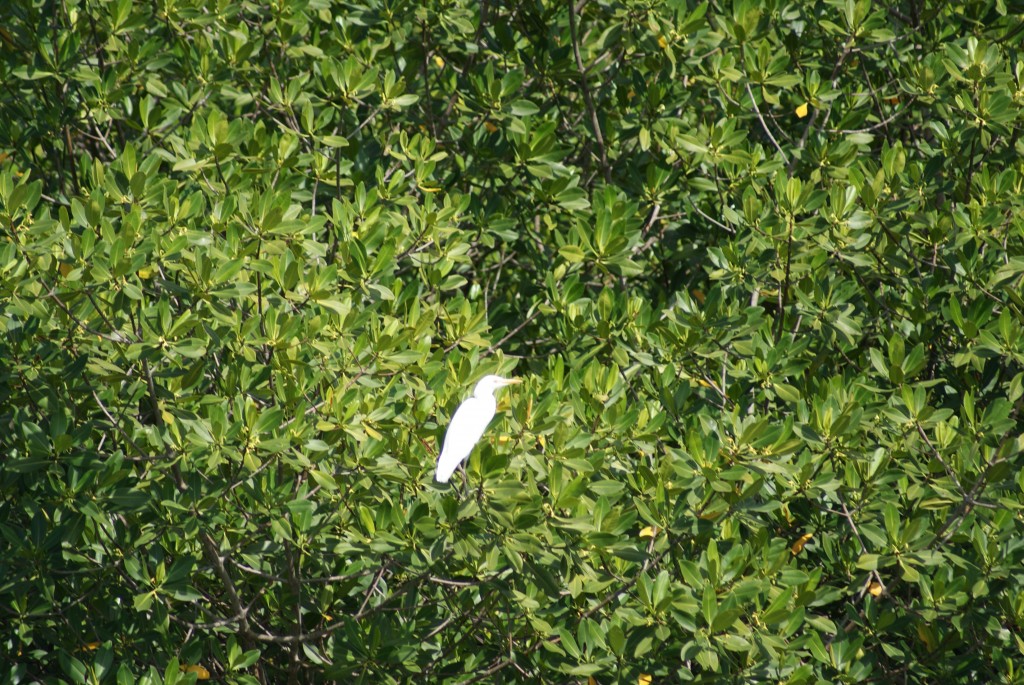
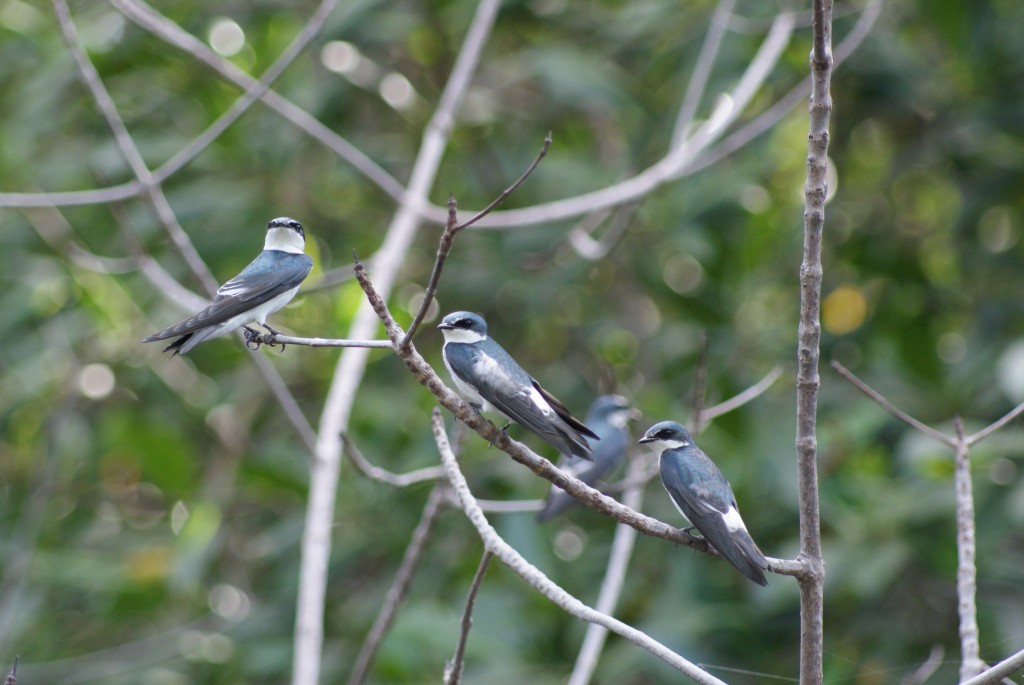
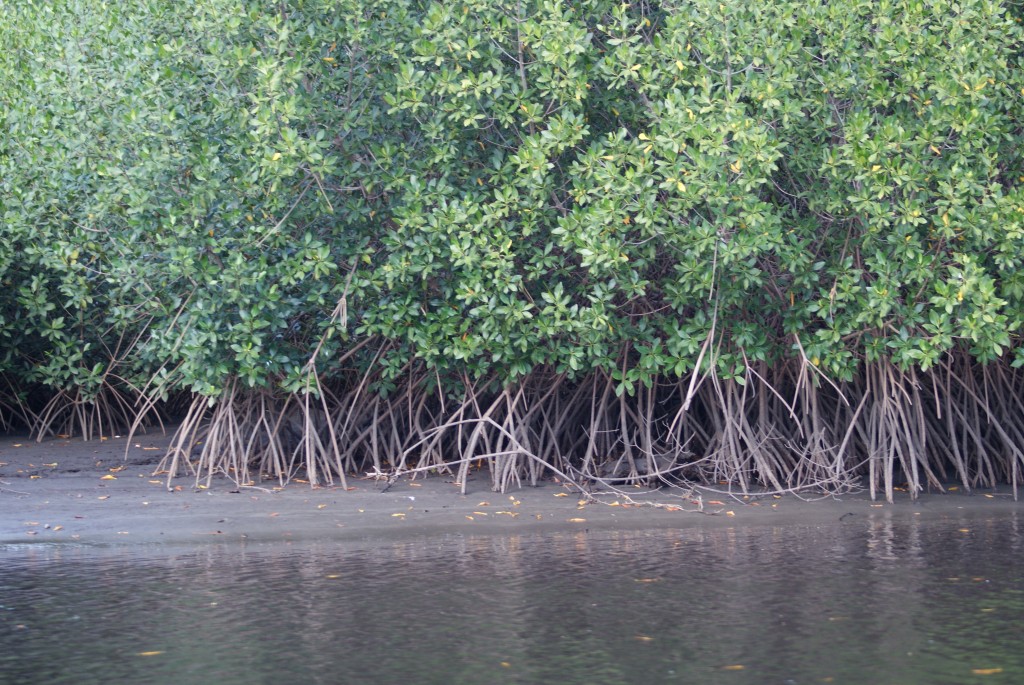
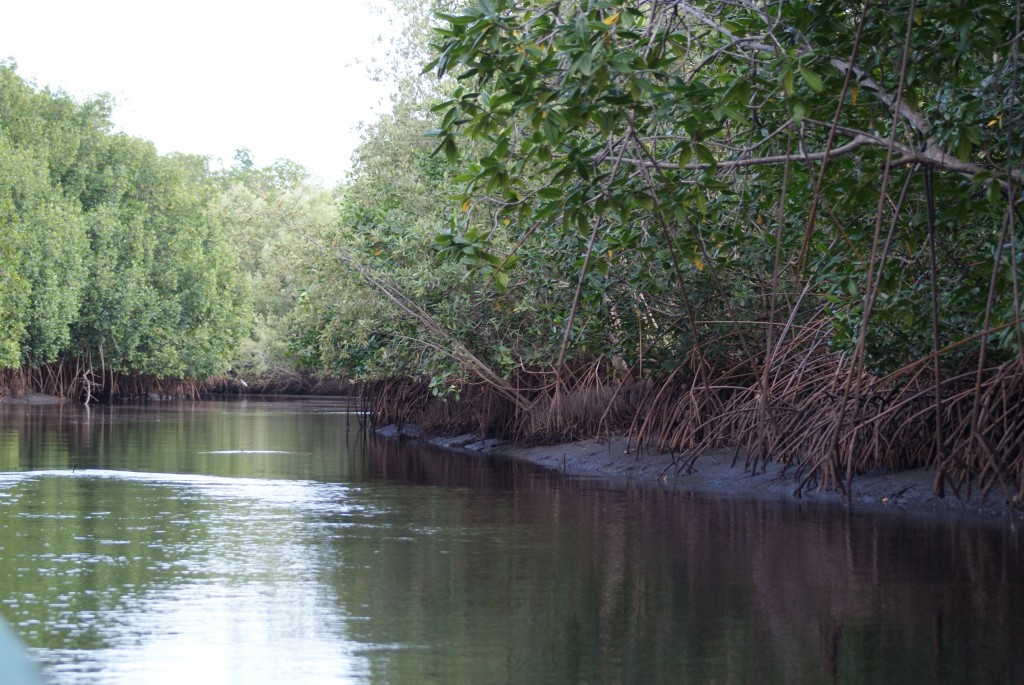
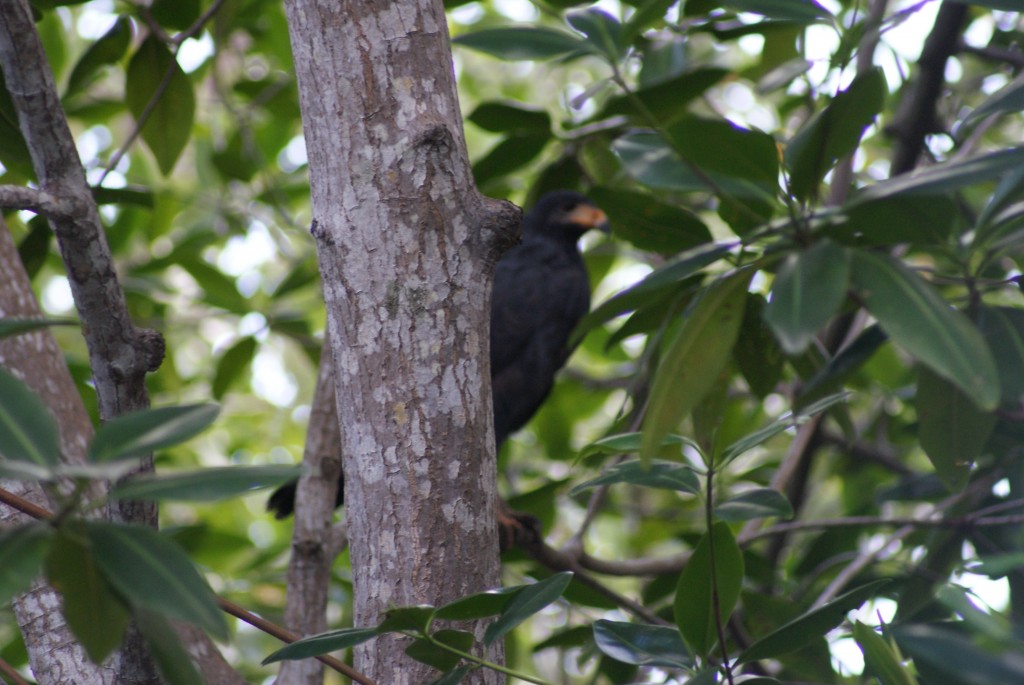
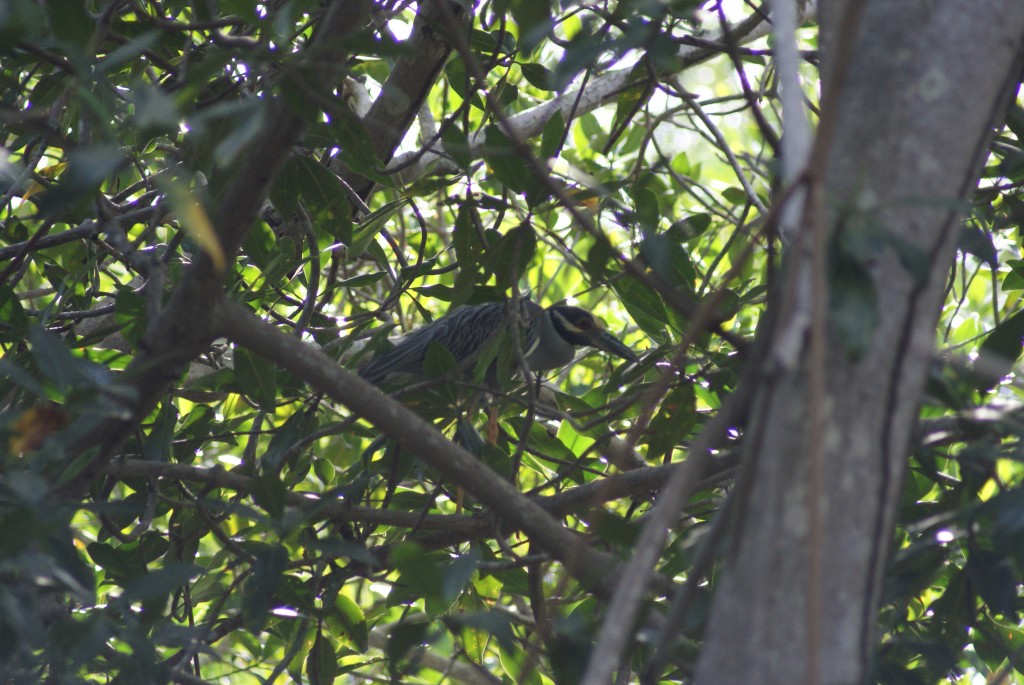
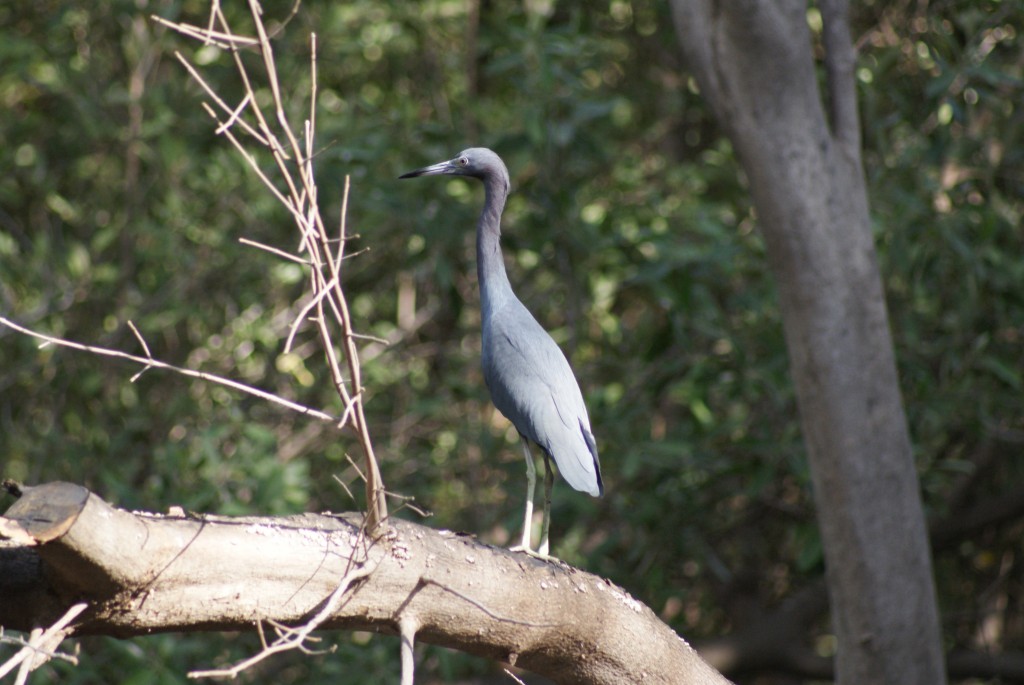
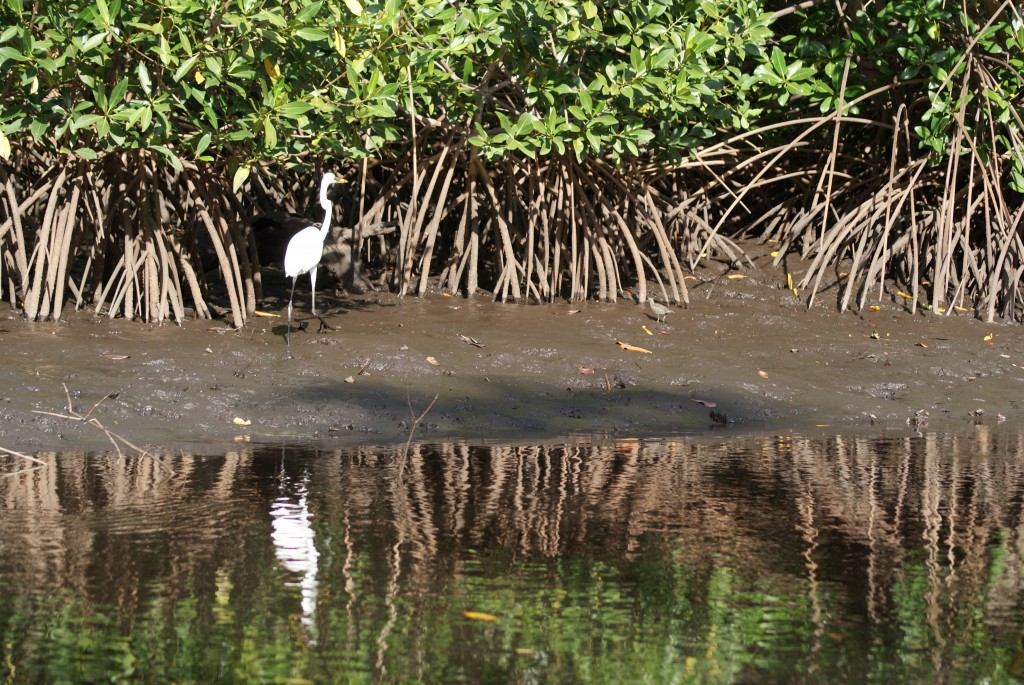
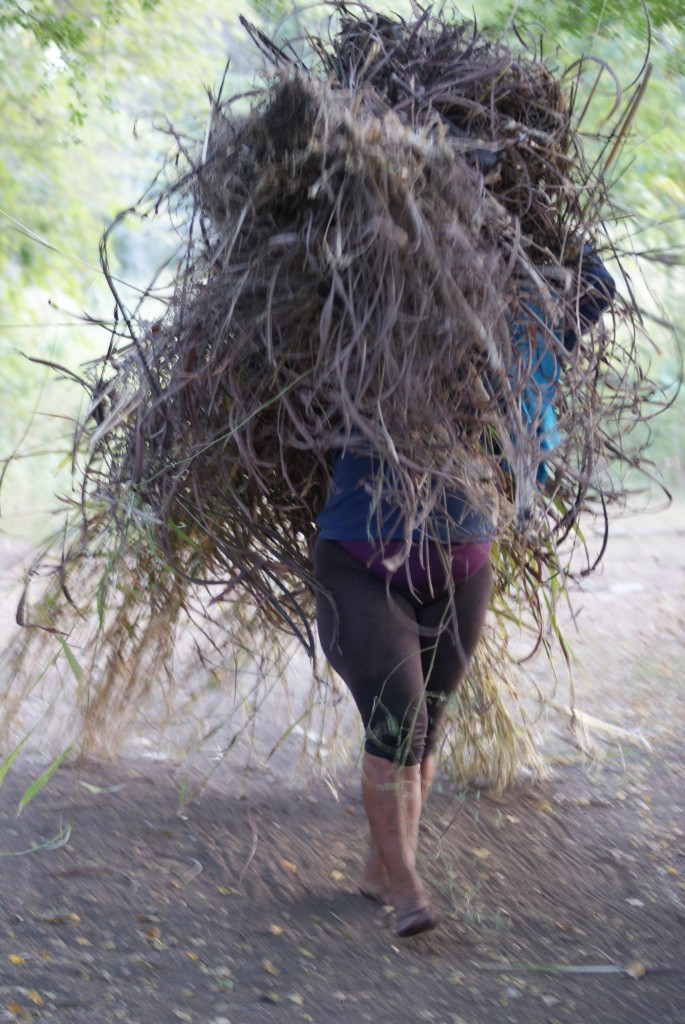
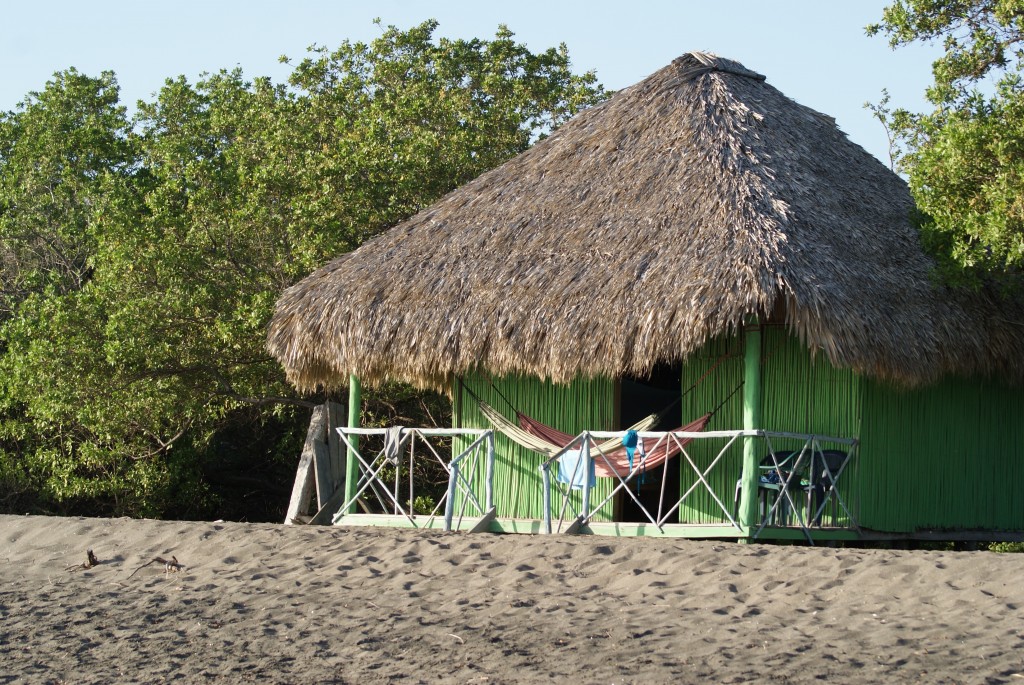
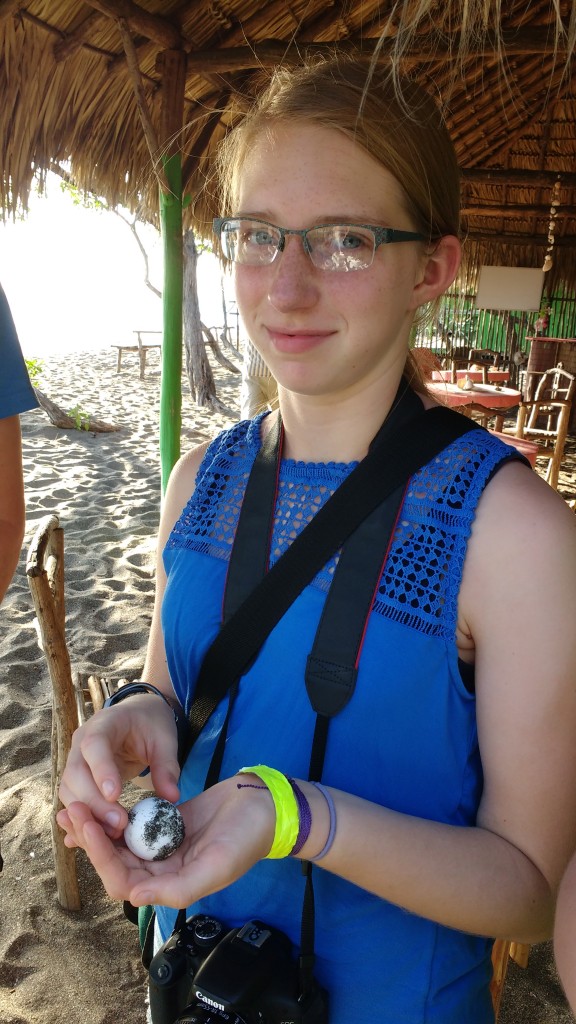
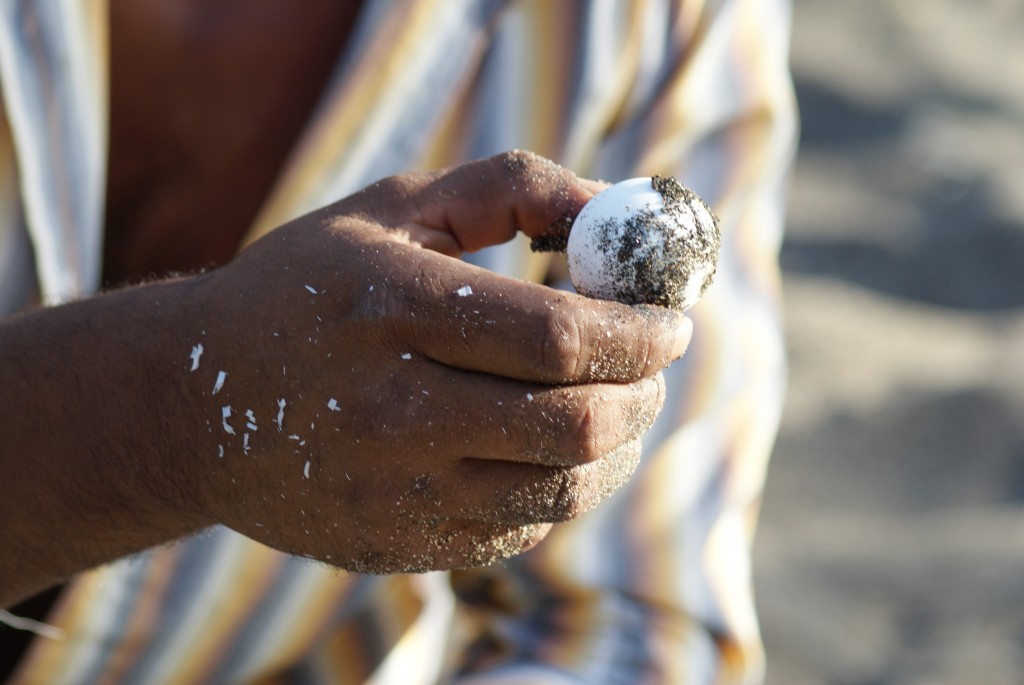
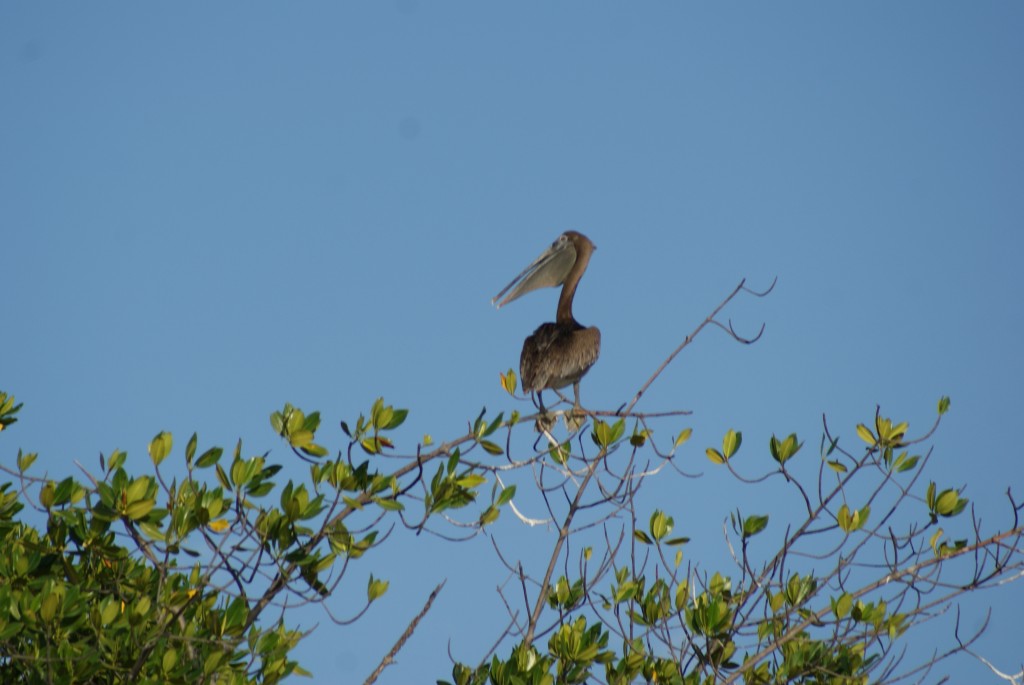
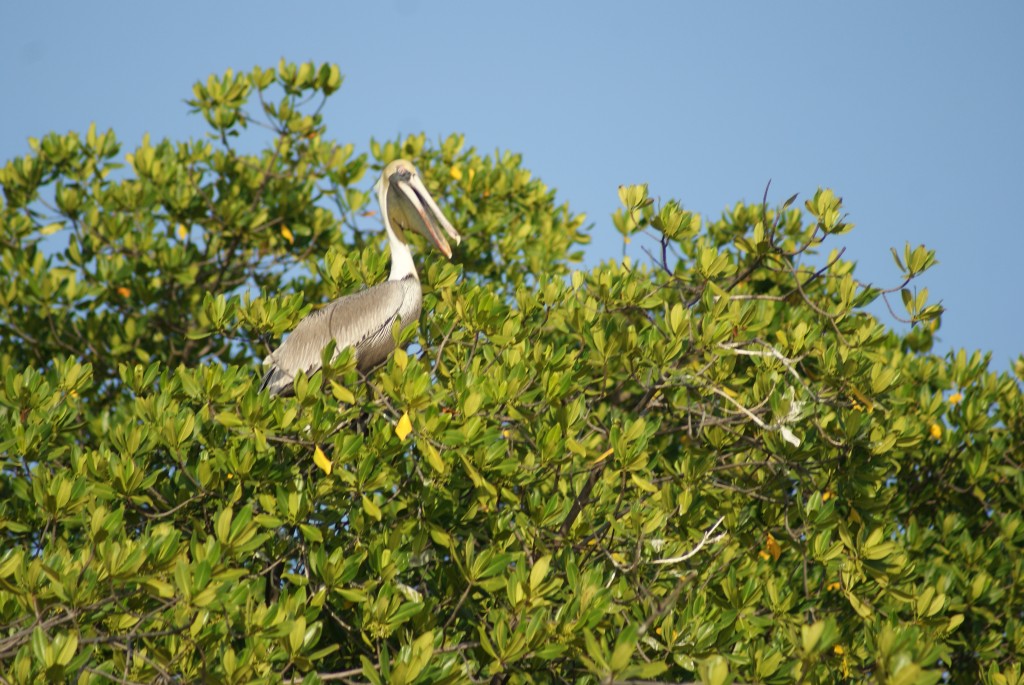
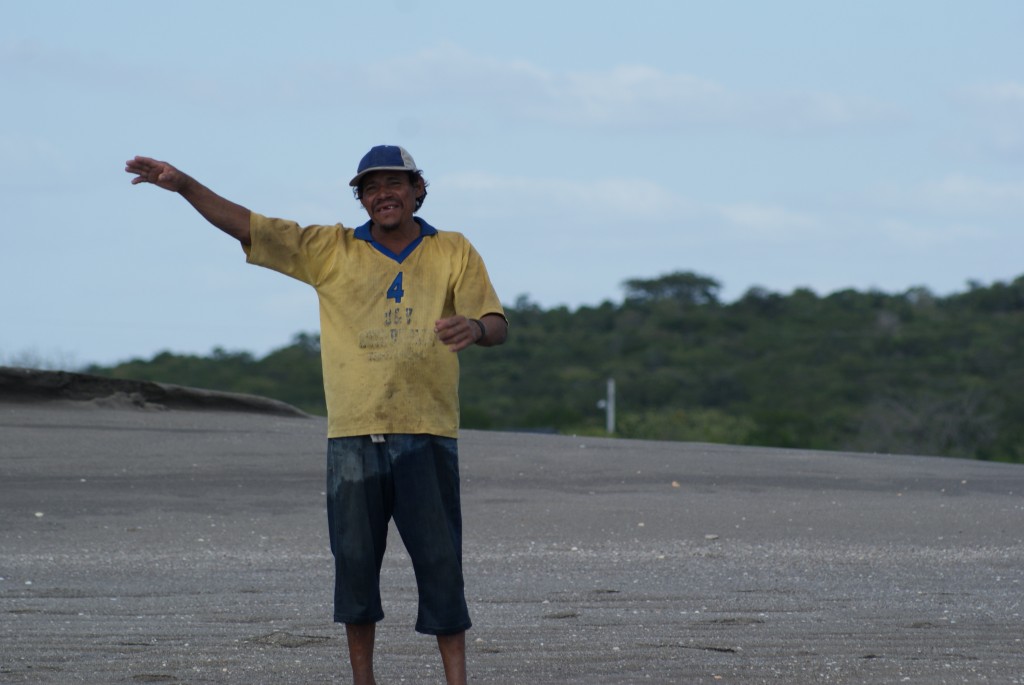
Leave a Reply